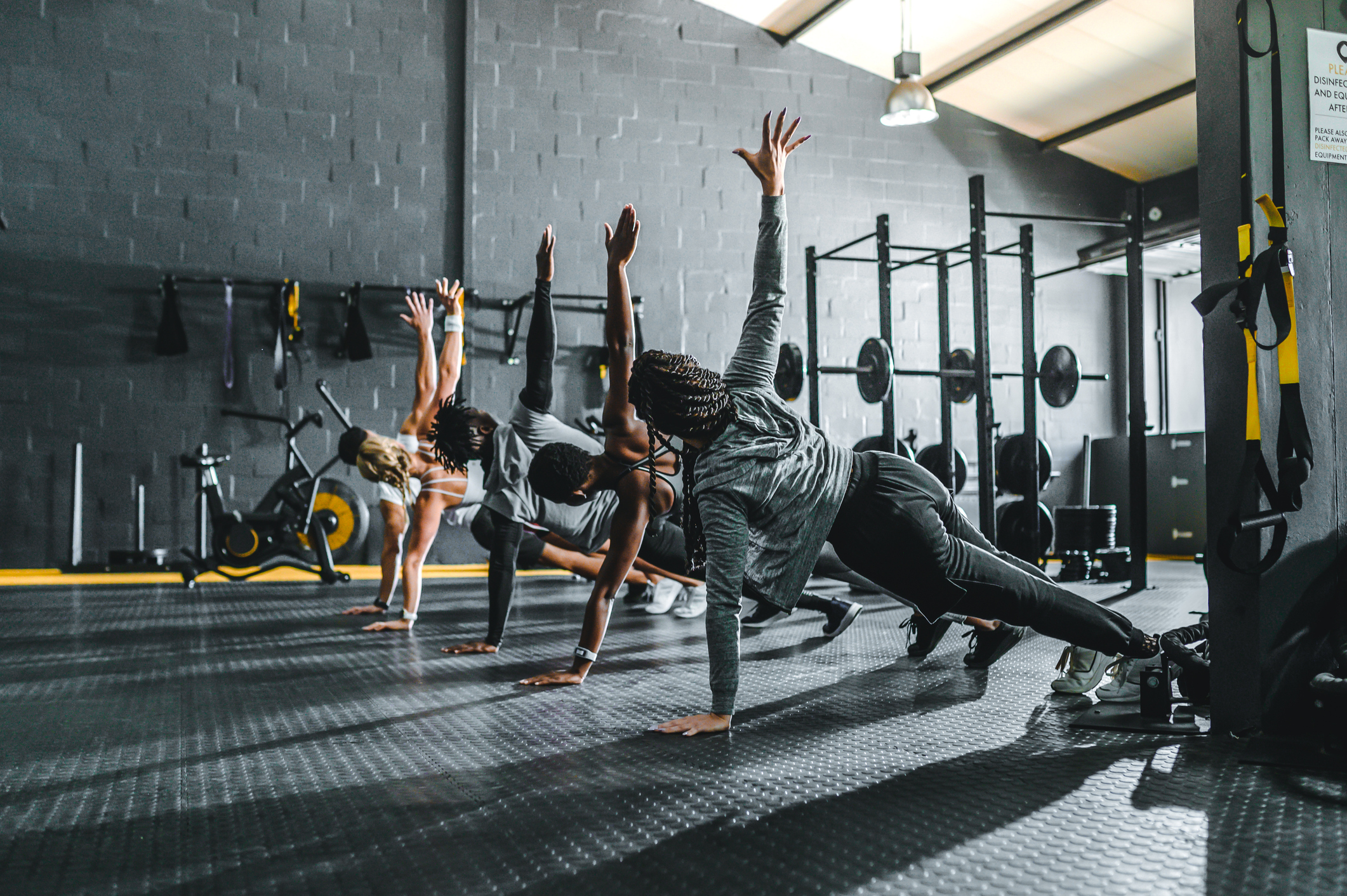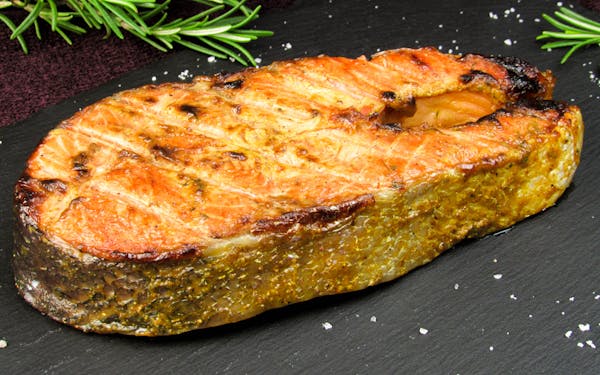Embarking on a fitness journey is akin to setting sail on a vast ocean. The initial enthusiasm may feel like a strong gust of wind propelling you forward, but as time wears on, and the daily grind sets in, maintaining that momentum can become a significant challenge. This is where the crucial element of motivation comes into play. It’s the unwavering force that keeps you steering the course even when the waters get choppy and the destination seems distant.
Forget fleeting bursts of inspiration; true fitness success hinges on cultivating a sustainable source of motivation that integrates seamlessly into your lifestyle. This isn’t about relying on willpower alone, which often dwindles under pressure. Instead, it’s about strategically implementing techniques that resonate with your individual needs and aspirations, transforming exercise from a chore into an integral and enjoyable part of your life.
1. Define Your “Why”: The Bedrock of Your Motivation
Before you even lace up your shoes or step onto a treadmill, take a moment for introspection. Ask yourself: Why do you want to become fitter? Is it to improve your overall health and longevity? To boost your energy levels and conquer daily tasks with greater ease? To feel more confident and comfortable in your own skin? Perhaps it’s to achieve a specific athletic goal, like running a marathon or hiking a challenging trail.
Whatever your reasons, delve deep and articulate them clearly. Write them down, visualize them, and connect with the emotional core of your aspirations. This “why” will serve as your compass, guiding you through moments of doubt and providing a powerful reminder of what truly matters to you. When the temptation to skip a workout arises, revisit your “why” and let it reignite your commitment.
2. Set SMART Goals: Charting Your Course to Success
Vague aspirations like “getting in shape” are often difficult to sustain because they lack a clear direction and measurable progress. Instead, embrace the power of SMART goals:
- Specific: Clearly define what you want to achieve. Instead of “lose weight,” aim for “lose 10 pounds.”
- Measurable: Establish quantifiable metrics to track your progress. This could be weight lost, distance run, repetitions completed, or time improved.
- Achievable: Set realistic goals that challenge you without being overwhelming. Gradual progress fosters a sense of accomplishment and encourages you to keep going.
- Relevant: Ensure your goals align with your overarching “why.” They should be meaningful and contribute to your larger aspirations.
- Time-bound: Assign a specific timeframe for achieving your goals. This creates a sense of urgency and helps you stay focused.
Break down larger goals into smaller, more manageable steps. Celebrating each milestone, no matter how small, provides a continuous stream of positive reinforcement and fuels your motivation.
3. Find Your Tribe: The Power of Community and Accountability
The fitness journey doesn’t have to be a solitary endeavor. Connecting with like-minded individuals can provide invaluable support, encouragement, and accountability. Consider joining a fitness class, a running club, or an online community. Sharing your experiences, celebrating successes, and navigating challenges with others who understand can significantly boost your motivation.
Furthermore, consider finding a workout buddy. Knowing that someone else is counting on you can be a powerful motivator to show up and give your best. The shared experience can also make workouts more enjoyable and less daunting.
4. Make it Enjoyable: Discover Activities You Love
Exercise should not feel like a punishment. Explore different types of physical activity until you find something that genuinely excites you. Whether it’s dancing, swimming, cycling, hiking, team sports, or strength training, engaging in activities you enjoy makes fitness feel less like a chore and more like a rewarding part of your day.
Experiment with different classes, routines, and environments to keep things fresh and prevent boredom. Variety can not only enhance your enjoyment but also work different muscle groups and challenge your body in new ways.
5. Track Your Progress: Visualize Your Achievements
Monitoring your progress provides tangible evidence of your efforts and reinforces your motivation. Keep a fitness journal, use a fitness tracker, or utilize apps to record your workouts, track your measurements, and note how you feel.
Witnessing your improvements, whether it’s lifting heavier weights, running further, or simply feeling more energetic, can be incredibly rewarding and serve as a powerful reminder of how far you’ve come. Don’t focus solely on numbers; also pay attention to non-scale victories like increased energy levels, better sleep, and improved mood.
6. Reward Yourself (Healthily): Acknowledge Your Efforts
Recognize and celebrate your achievements along the way. Setting small, non-food-related rewards for reaching milestones can provide an extra layer of motivation. This could be anything from buying new workout gear to indulging in a relaxing massage or spending time on a favorite hobby.
The key is to choose rewards that align with your overall health and wellness goals and avoid using food as a primary source of celebration, as this can undermine your progress.
7. Embrace the Process, Not Just the Outcome
While achieving your fitness goals is undoubtedly rewarding, focus on appreciating the journey itself. Cultivate a mindset that values the effort, consistency, and positive changes you’re making along the way.
There will be days when motivation wanes, and progress feels slow. During these times, remind yourself of your commitment, focus on the positive aspects of your fitness routine (like stress relief or increased energy), and remember that setbacks are a normal part of the process.
8. Prioritize Consistency Over Perfection:
Don’t let the pursuit of perfection become an obstacle to progress. Aim for consistency rather than striving for flawless workouts every single time. Even short bursts of activity are better than none at all.
Life happens, and there will be days when you can’t stick to your planned routine. Don’t let these occasional deviations derail your entire journey. Simply get back on track as soon as possible and remember that consistency over time yields the most significant results.
9. Visualize Success: Harness the Power of Your Mind
Regularly visualize yourself achieving your fitness goals. Imagine how you will feel, the energy you will possess, and the sense of accomplishment you will experience. This mental rehearsal can strengthen your belief in your ability to succeed and fuel your motivation.
Create a vivid mental image of your desired outcome and revisit it frequently, especially during moments of doubt or when you need an extra boost of encouragement.
10. Be Patient and Kind to Yourself:
Building a sustainable fitness routine and achieving meaningful results takes time and effort. Be patient with yourself and avoid comparing your progress to others. Everyone’s journey is unique, and setbacks are inevitable.
Practice self-compassion and treat yourself with the same kindness and understanding you would offer a friend facing challenges. Acknowledge your efforts, celebrate your progress, and learn from any setbacks without letting them diminish your self-belief.
Maintaining long-term fitness motivation is an ongoing process that requires self-awareness, strategic planning, and a commitment to nurturing your inner drive. By implementing these proven strategies and tailoring them to your individual needs and preferences, you can transform your fitness journey from a daunting task into a fulfilling and empowering aspect of your life. Remember, the most powerful motivator comes from within – cultivate it, nurture it, and let it guide you towards a healthier, happier, and more vibrant you.







